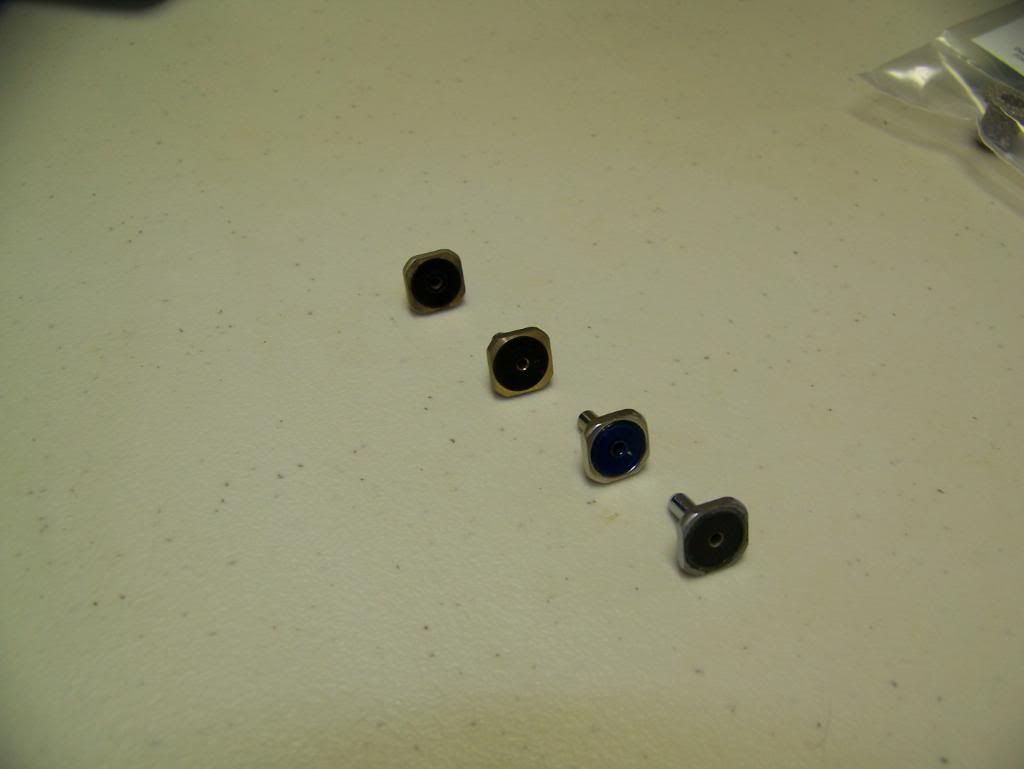OK, dragging this thread back up because I have parts questions, but first I found this link which hopefully takes you to a really fancy spreadsheet with pictures that appears to be the complete 2011 dealer parts ordering catalog including complete tool listings from Mares so you can finally know exactly what stupid stuff like "wrench B-13" (10mm allen apparently) or any other odd bit that is referenced in the pdf rebuild instructions from other sites actually looks like:
http://www.google.com/url?sa=t&rct=...8bCGoVqOAqA7OHIgmgyMaSw&bvm=bv.68445247,d.aWw
I was actually hunting around for a 1st stage diaphragm for my MR22 2000 when I found that.
I have managed to find the rebuild kits for my MR22, the abyss 2nd, the proton octo and the tri material 1st stage HP seat with matched poppet all sold genuine new (I think) from northeast scuba supply for cheap enough that I am not going to scrounge together generic kits, but the damn diaphragm is still giving me trouble. Oddly enough I found a 2nd stage diaphragm fairly easy though I don't expect I will need that, (or maybe I will, how long do they last?)
EDITED: Too bad I don't live in the EU, here is the part I need:
http://www.scubastore.com/scuba-diving/mares-diaphragm--1stage/3671/p
What is the packaged shelf life of any reg parts? After hearing stories of the new tri material hp seats going something like 5 years in service unlike the old ones, I may just order enough to do everything twice when I finally find the stuff and hopefully be set for the next 10 years if the stuff won't degrade significantly or anything.
I wonder if I could get a dive shop to sell me a few diaphragms for cash if I tell them that I just want them to experiment on the material and not to use in a reg.
Another interesting dilemma is I am considering buying tanks soon, and I would switch to DIN for various reasons at that time, so it makes me wonder if I should just get the DIN conversion for the MR22 now and get the DIN rebuild kit (as opposed to the INT rebuild kit) or if the conversion kit comes with all new parts in that area so I could just rebuild the yoke parts now and add the new DIN parts on later.
I am also considering the dry CWD kit but I don't know if the dry kit is good or the more expensive and likely more bothersome silicone kit would be preferred. I doubt I even really need it with this reg since I don't ice dive, but I will be diving in lake superior so it certainly couldn't hurt.
Should that be done before the rebuild? If I were to rebuild it after that would I require extra parts not included in the regular kit?




